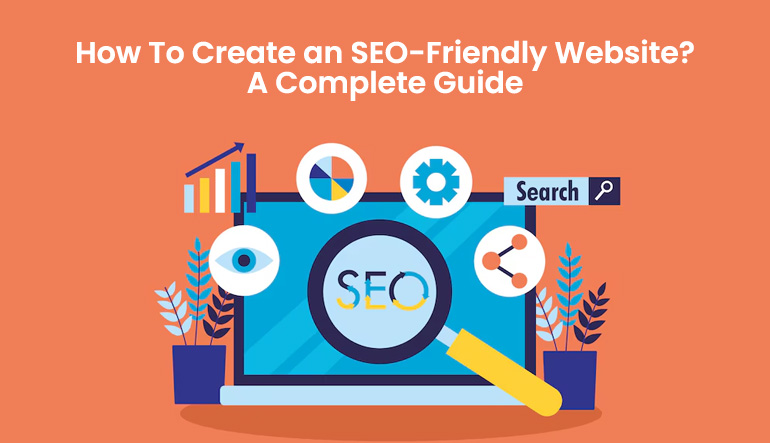Rise by Six: Your Daily Dose of Inspiration
Explore insights and stories that elevate your day.
When Design Meets Google: A Love Story
Discover the enchanting journey of design and Google in our latest blog—unveiling secrets that can transform your digital presence!
The Impact of User-Centered Design on Google's Success
User-Centered Design (UCD) has played a pivotal role in shaping the success of Google as one of the leading tech companies in the world. By prioritizing the needs and behaviors of users, Google has been able to create a suite of products that are not only functional but also intuitive and user-friendly. This commitment to UCD has manifested in various aspects of their services, from the simplicity of the Google search interface to the accessibility of Gmail and Google Drive. The emphasis on User-Centered Design ensures that every feature is crafted with the end-user in mind, allowing users to navigate and obtain information efficiently.
Furthermore, UCD has not only enhanced user satisfaction but has also established strong brand loyalty. By continuously seeking feedback and iterating on their designs, Google adapts to the evolving expectations of users, ensuring they remain relevant in a competitive market. The success of platforms like Google Maps and YouTube can be attributed to rigorous testing and optimization driven by user insights. Ultimately, the integration of User-Centered Design into Google's strategy has fostered innovation and maintained its position as a tech leader, reiterating the importance of user involvement in the design process.

How to Optimize Your Website's Design for Google's Algorithms
To effectively optimize your website's design for Google's algorithms, you must prioritize mobile responsiveness. Google has shifted towards a mobile-first indexing approach, meaning it primarily uses the mobile version of a site for ranking and indexing. Ensure your website's design is adaptable to various screen sizes and devices. Use responsive design techniques, such as fluid grids and flexible layouts, to create a seamless user experience. Additionally, consider implementing AMP (Accelerated Mobile Pages) to enhance loading times, as page speed is a crucial ranking factor in Google's algorithms.
Another key component in optimizing your website's design for Google's algorithms is focusing on user experience (UX) and engagement. Clean, intuitive navigation can significantly reduce bounce rates, which influences your rankings. Utilize clear calls-to-action (CTAs) and strategically placed content to keep visitors on your page longer. Incorporating relevant multimedia elements, such as images and videos, can also enhance user interaction and engagement. Regularly analyze your site's performance using tools like Google Analytics to identify areas for improvement, ensuring your design aligns with both user expectations and search engine standards.
Is Google Changing the Way We Think About Design?
As technology continues to evolve, Google is significantly influencing the way we perceive and implement design in digital spaces. With innovations such as Material Design, Google has introduced a framework that emphasizes usability and aesthetics, encouraging designers to create interfaces that are not only visually appealing but also intuitive. This shift in focus helps to foster a user-centric approach, wherein every element is designed with the user experience in mind, making interactions simpler and more enjoyable.
Moreover, Google's commitment to accessibility and responsive design is reshaping our understanding of how design should function across various devices. This approach has led to an increased awareness about the importance of design that is adaptable and inclusive, pushing designers to think beyond traditional constraints. As a result, we are witnessing a transformation in how aesthetics and functionality coexist, ultimately prompting both designers and users to rethink their expectations of digital experiences.